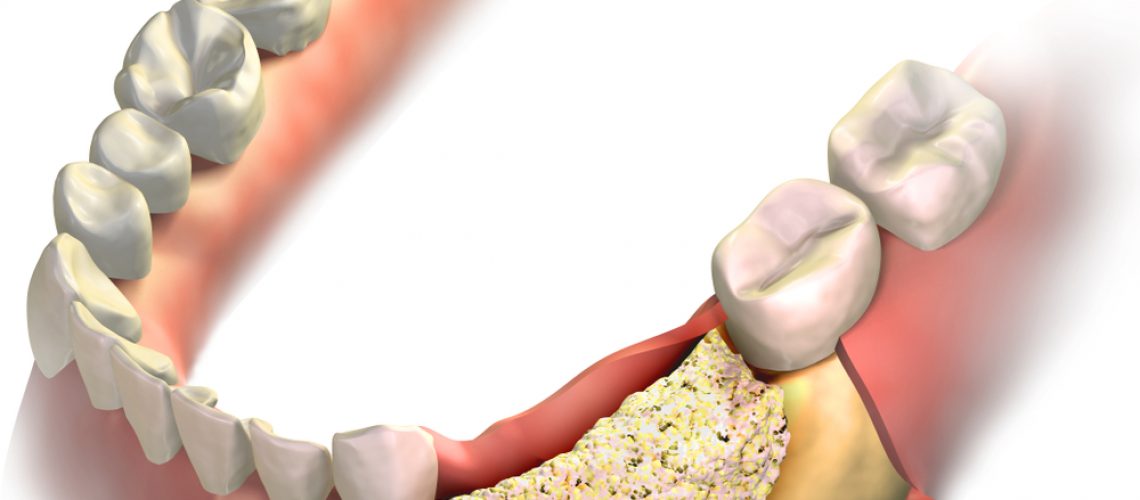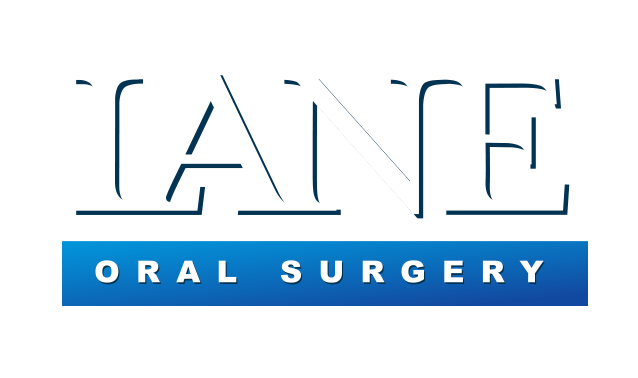So, you were recently told by your doctor that you need a bone graft, but you aren’t quite sure what that means. They started throwing medical jargon at you and now your eyes are about ready to roll into the back of your head. We hear you. Here at Lane Oral Surgery, we strive to make these confusing terms easy to digest for the average person.
What Is Bone Grafting?
Many fields in the medical world use bone grafting for various reasons. In general, A bone graft is a surgical procedure that is used to fix bones or joints that were damaged by trauma. Bone grafting is also used to replace bone that is missing to provide structural stability around the body, including the jawbone.
What this procedure allows for is for strengthening weakened bones or tissues, re-establish damaged regions, and supporting the remaining bone and tissue. In the dental world, many bone grafts help in repairing damaged jaw structures where tissue grafting is used to help replace inflamed or receded tissues.
Autograft Vs. Allograft
Now that we have talked about bone grafting, it is important to discuss the different types of bone grafting that exist. This is because they may determine how long recovery is and the chance of success. There are many types of bone grafts we can use to grow bone – the two most common are autografts and allografts.
An autograft is a bone or tissue that is transferred from one spot to another on the patient’s body. It is often thought of as the “gold standard” in bone grafting because of its reliability. Its high success rate is due to the fact that it is living tissue and thus its cells are kept intact.
This differs from an allograft. In this procedure, the bone or tissue being grafted is transplanted from one person to another. They typically come from a donor or cadaver bone. The allograft is safe, ready to use, and available in large amounts. The main advantage of an allograft is that it requires one less procedure than the autograft, which must first be taken from the patient. Surgical time is minimized and the recovery can be quicker. The allograft comes from a reputable and reliable tissue bank.
Possible Complications
Whilst both of these options are easily possible, one may be better for your situation than another. For some, grafting bone or tissue from another part of the body can be a serious health risk due to an underlying condition or past disease that has permanently weakened an area of the body.
In the case of allografting, there sometimes are no possible donors or difficulty in locating a cadaver. This could be due to having difficulty matching traits such as blood types and genetic material.
If both options are not possible, that does not mean you are out of luck though! There are different implant devices that can assist in strengthening damaged regions. With the advancement of science, we are also getting ever-closer to synthetic grafting materials which will help bridge the gap between real grafting materials and the need for implants.
Want To Talk More About Bone Grafting?
Knowing which bone-grafting option you will need can be confusing, but we are here to answer any questions you may have. Dr. William F. Lane is a well-decorated oral surgeon with degrees from Harvard, Tufts, and Boston University and many awards for his work. If you are want to talk about what options might be best for you, consider scheduling an appointment with us! To get in contact with us, you can call Lane Oral & Maxillofacial Surgery – Plymouth MA 508-746-8700.
We will perform a thorough evaluation of your oral health. After our evaluation, we will recommend what bone graft is best for you. We are happy to discuss your options and answer any questions you may have. We want you to feel confident with our choice and worry-free.
References
What Is An Allograft Procedure?, Colgate, https://www.colgate.com/en-us/oral-health/implants/all-about-an-allograft-procedure
Autograft – An Overview, ScienceDirect, https://www.sciencedirect.com/topics/medicine-and-dentistry/autograft



